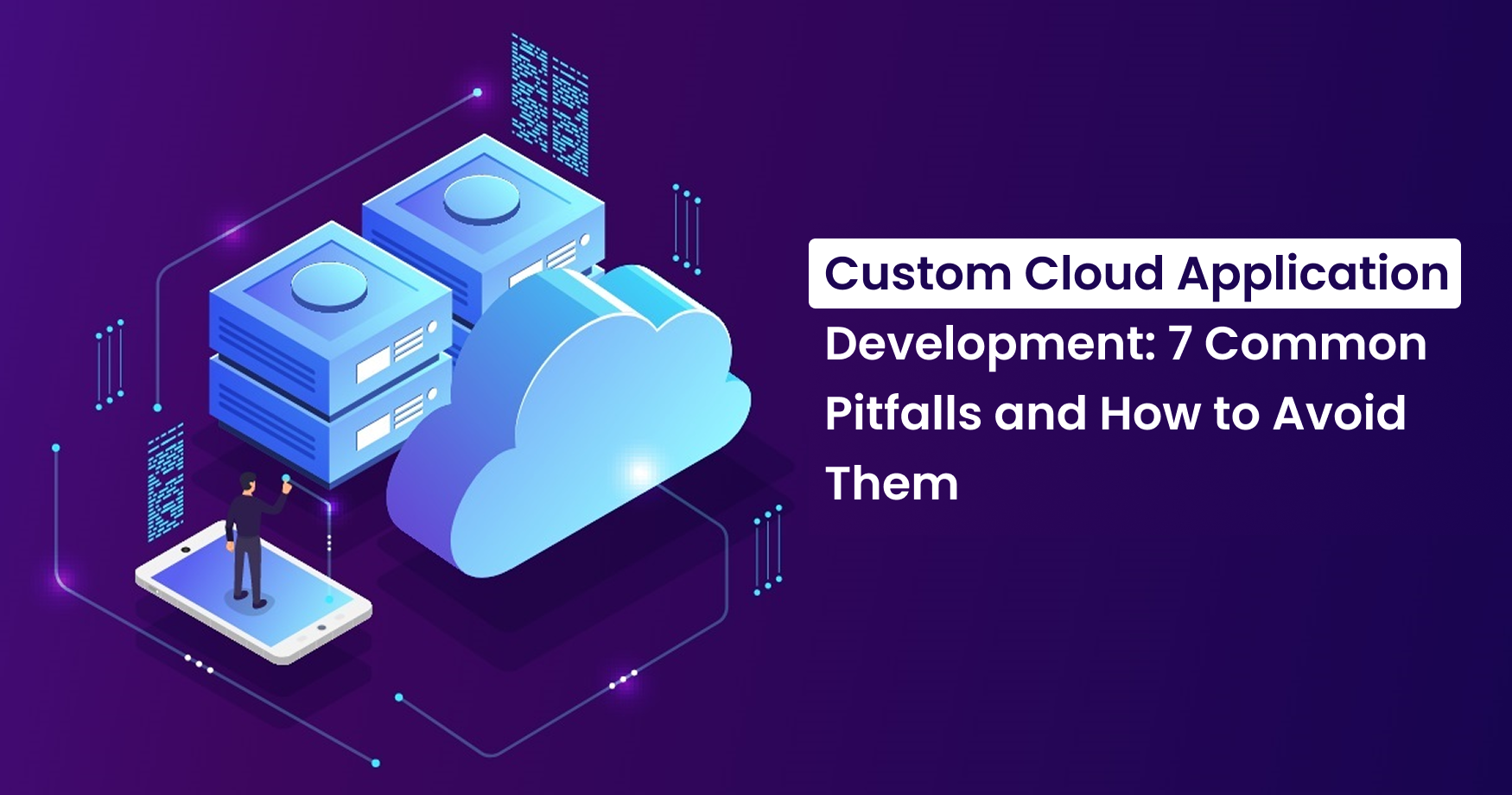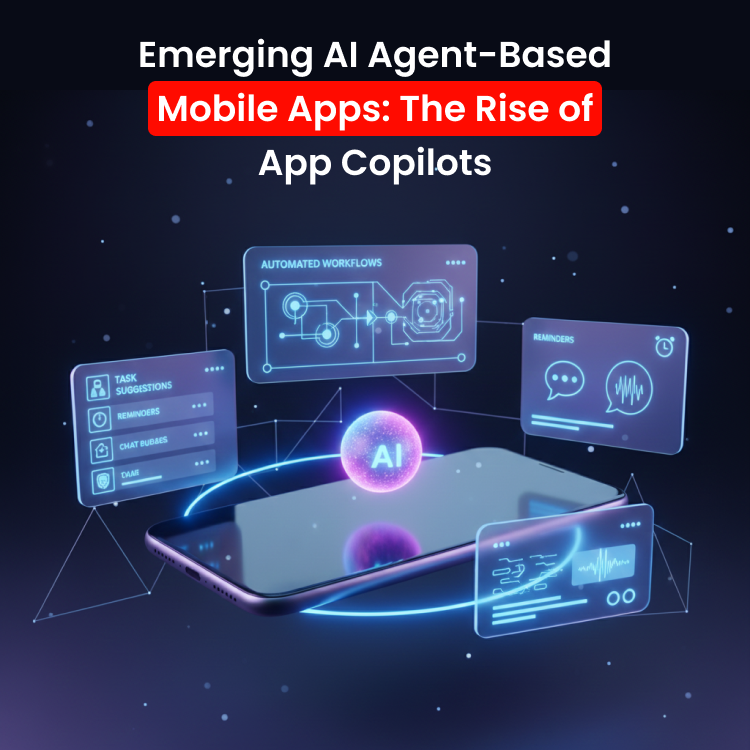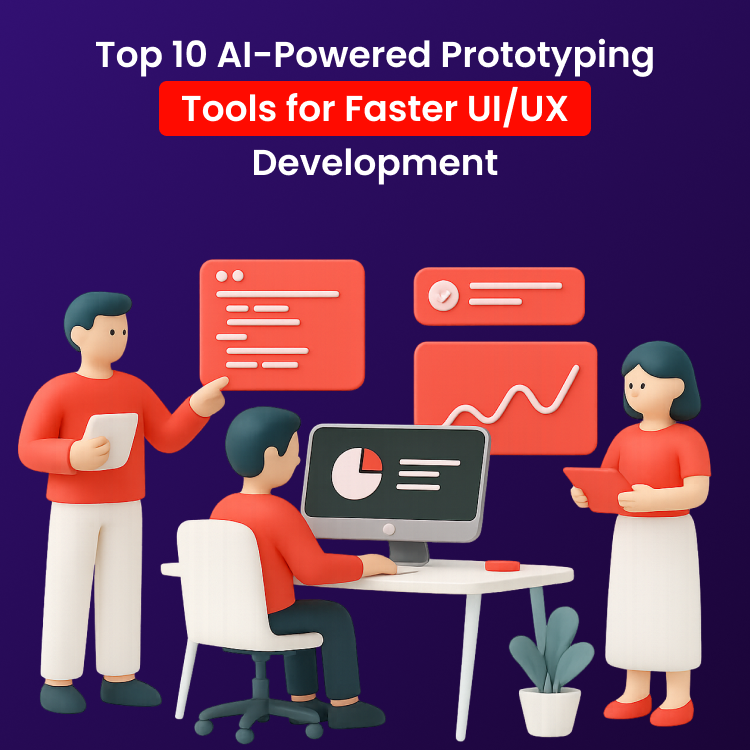

Quick Summary
While an off-the-shelf application may serve a generic purpose, according to studies, it’s 85-90% of its features may go completely unused. On the other hand, a custom cloud application designed from scratch can be tailored to the unique industry and business requirements that may serve a great purpose to the customers. However, custom cloud application development services come with their own set of challenges. From security and testing gaps, to optimisation and interoperability, and many more, these common pitfalls must be addressed with actionable strategies if you want to build a robust custom cloud application for your business.
This article will explore the key components of a cloud architecture and the top seven common pitfalls with effective solutions to avoid them. In the end, the article will also take you through some of the best practices for successful cloud application development services.
Custom cloud application development means creating an application that is uniquely designed to fit your business requirements and runs on cloud platforms like Amazon Web Services (AWS), Google Cloud Platform (GCP), IBM Cloud, etc.
A custom application, when implemented on a cloud platform, offers the benefit of scalability, cost-effectiveness, and flexibility to run the application from anywhere and anytime. For example, Netflix uses custom cloud applications to manage its streaming platform. With 301.6 million subscribers, it has built cloud systems that handle millions of users watching movies and shows at the same time.
These applications are tailored to their business needs. It includes recommending shows, managing content, and upgrading the application according to the user requirements, etc.
Key Components of Cloud Architecture
Cloud architecture is an essential component of cloud-based development. It refers to the structure that connects all the components and technologies required for cloud computing.
It includes:
- A front-end platform.
- A backend platform.
- A network (internet, intranet, and intercloud).
- Security and Compliance.
- DevOps and CI/CD pipelines.
- A cloud-based delivery model.
The front-end is what users see and interact with. Backend handles data, processes, and security mechanisms. The network ensures the connections between clouds. The security and compliance layer ensures data authentication, encryption, and compliance with industry standards. The DevOps & CI/CD pipelines manage operations workflow, integration, testing, and deployment. Finally, the cloud-based delivery model ensures the app is available to users anytime, anywhere.
Top 7 Cloud App Development Pitfalls & How to Avoid Them
Many cloud projects don’t succeed as planned. In fact, up to 80 – 90% of cloud initiatives fail to deliver their intended business value or aren’t fully adopted. The good news is that knowing the common pitfalls and solutions to manage them can help businesses to overcome or avoid these mistakes:
Security Challenges in Cloud App Development
Poorly configured cloud settings, weakly authenticated user IDs and passwords, and considering data security as a whole sole responsibility of the cloud provider can make your cloud application vulnerable to data breaches, cyber attacks, and unauthorised access.
Solution: Use strong end-to-end data encryption and multi-factor authentication (MFA). Consider a zero-trust architecture. Keep regular audits and monitor data continuously across the application for any unidentified access or behaviour. Remember that, other than your cloud provider, you also need to take the responsibility of safeguarding the application data.
Testing Gaps in Cloud-Based Mobile Applications
Incomplete or insufficient testing during cloud-based mobile application development could result in sudden app crashes, bugs during the launch, and inconsistent performance on the user platform. Such mistakes in testing could raise questions about the app development company and result in poor user experience.
Solution: To avoid such pitfalls, test the custom mobile application on different platforms, devices, or operation systems. Detect and eliminate errors and bugs before the full-scale launch of the mobile application. Repeat integration and regression tests in environments similar to real use. It will help ensure that the app works efficiently for users in different environments and platforms.
Performance Bottlenecks and Optimization Techniques
Performance issues happen mainly because of resource misallocation (when resources aren’t used well). Inefficient code slows down the app during high traffic and decreases the response time and load timings. This could frustrate the users, leading to an increase in the churn rate and failure in custom app optimization.
Solution: Use serverless computing. It can improve the performance by 60%. You can add optimization of database queries and API calls, load balancing, caching, and CDNs(Content Delivery Network). Also, ensure to monitor apps in real time to identify issues before the end-user reports a problem.
Scalability and Interoperability Pitfalls
Scalability problems happen because of “vendor lock-in”(when apps are built only for one vendor) or use poor APIs. This makes it hard to scale the app or connect it with other systems. Businesses may encounter issues like poor application performance with increased traffic or multiple processes. Or the application may fail to operate with third-party tools, other SaaS applications, or APIs. It may result in data silos, failure to transition from legacy frameworks, thus impacting the entire application performance.
Solution: The easiest solution is to build apps with modular microservices and follow open standards. Make sure they can work on multiple clouds and integrate with older systems using adapters or middleware. Ensure that the integrated APIs operate seamlessly across the application architecture and establish smooth integration with future scaling applications.
Shortage of Skilled Cloud Developers
The lack of skilled developers can be one of the biggest challenges for companies offering custom cloud application development services. In fact, according to Forbes, the shortage of skilled developers is expected to reach 4 million by 2025. Application development capabilities like architecture designing, developing security frameworks, optimizing DevOps, and integrating CI/CD pipelines require skilled expert developers.
Solution: Ensure that you hire skilled and experienced developers for cloud application development services. Also, regularly upskill your existing team with the latest technologies for custom cloud or mobile application development. You can use managed cloud services to reduce complexity further.
Managing Development Costs in Cloud Projects
Due to enhanced flexibility and scaling capabilities, the cloud projects often face issues like cost or budget overruns. Excessive API integrations, unrequired or unused cloud storage, and excess configurations can make it difficult to provide customized services within a fixed budget. Some projects lose up to 30% of their cloud budget if the resources are not managed and used properly.
Solution: Use cost-effective models that offer pay-as-you-go services, allowing billing monthly or annually. Keep an eye on KPIs, integrated tools, and APIs to identify areas that are leading to an increase in the upfront or ongoing expenses. You can automate resources and use reserved capacity or serverless options.
Data Management and Regulatory Compliance Challenges
Adhering to compliance and regulatory data requirements is essential for any cloud application development services company. Failing to follow rules like GDPR or HIPAA can lead to fines due to non-compliance, loss of customer trust, and an increased risk of reputation damage.
Solution: Ensure that the services you offer adhere to the country’s compliance standards, and integrate a strong framework to manage data and privacy regulations. Plan for compliance from the beginning. Also, make sure to upgrade your services and plans to comply with the changing compliance regulations and policies.
UI/UX Design Considerations in Cloud Applications
No matter how capable a cloud application is, it will collapse if it is not easy to navigate and offers a poor user experience. Engaging expert UI/UX development services ensures your app is simple to use, intuitive, engaging, and performs well across multiple platforms. Pay attention to developing a custom application with:
- Uniform branding and accessibility across web and mobile platforms.
- Adaptability to adjust and resize according to device type- desktop, tablet, or mobile.
- Seamless navigation throughout the application. Ensure that the user does not have to struggle to find the desired feature.
- Features to provide easy app accessibility to people with disabilities. Such as voice navigation for vision impaired persons, and screen reader compatibility to adjust font style, colour, and texts for people with low vision.
- Add interactive or intuitive features like Chatbots and AI assistants to make your custom application more engaging and provide an enhanced experience to the users.
Integrating DevOps and CI/CD Pipelines
Applying DevOps practices and CI/CD pipelines accelerates development and maintains apps in a stable state. Continuous integration allows developers to merge changes frequently and helps automate app update releases.
The top three advantages include:
- CI/CD pipelines accelerate the time-to-market for the new app versions.
- Leveraging DevOps container tools can facilitate data deployment, management, and orchestration.
- Enhanced rollback features can ensure a speedy recovery from failed versions and deployments.
Best Practices for Successful Cloud Application Development
To achieve the optimum results with minimized risks in custom cloud application development, follow the best practices as mentioned below:
- Start with a clear goal or vision: Begin with a clear strategy, defining goals, milestones, and resources.
- Integrate enhanced security and compliance: Emphasize security and compliance at every stage, such as data encryption, compliance with GDPR, and regulatory policies.
- Employ cloud-native tools: Make use of AI tools, managed services, analytical tools, and features for improved performance, scalability, and reliability.
- Offer seamless user experience: Invest in UI/UX development services such as creating prototypes, wire frames, and user flows that provide an improved and engaging user experience.
- Implement agile practices: Adopt agile approaches for ongoing improvement and provide fast iterating models with adaptability to new and upcoming features.
- Cost Optimization: Monitor the costs and app performance from time to time to make sure you do not exceed the budget limits during custom application development.
The Bottom Line,
Custom cloud applications have immense potential for companies, but developing them successfully requires careful planning and attention to detail. Prioritizing security, compliance, and seamless performance is vital, and spending on professional UI/UX development services means the user can access the app without difficulty on any device.
Adopting DevOps practices and adhering to best practices maintains custom application development efficient and stable. Using tools such as cloud-based mobile app development and collaborating with seasoned partners, companies may develop apps that scale, work efficiently, and provide tangible value to users.
Looking for a partner to develop a custom cloud application? Request a free quote with Rainstream Technologies.
FAQs:
- What security features should be included during custom cloud application development?
Integrate data encryption, multi-factor authentication, authorised and trusted user access, and compliance management to achieve enhanced security.
- What do you mean by custom cloud application development services?
Custom cloud application development services mean developing an application that uniquely addresses the specific requirements of the business or industry. It is deployed on cloud platforms to ensure scalability, reliability, and cost-efficiency.
- Is focusing on UI/UX important during a cloud based mobile application development?
Yes, an enhanced UI/UX can not only provide users with an improved engagement with the mobile application but will also impact the customer retention rate, thereby boosting customer satisfaction and overall application adoption.





